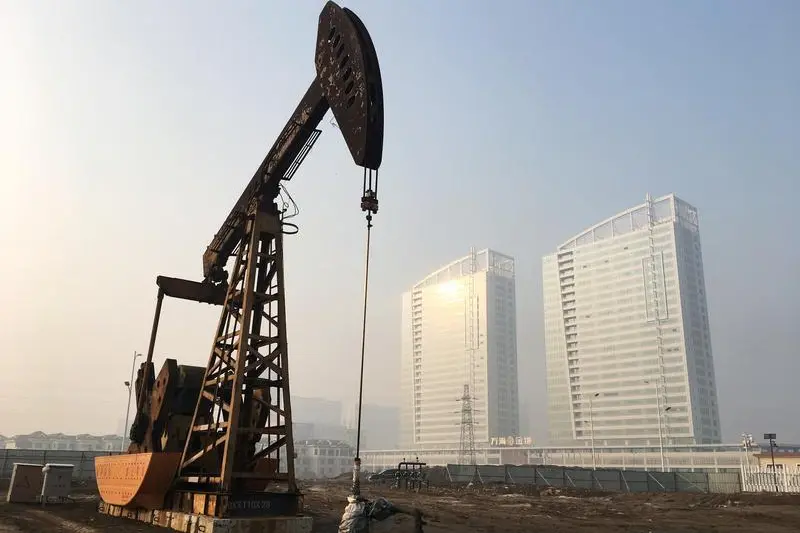PHOTO
(The opinions expressed here are those of the author, a columnist for Reuters.)
LAUNCESTON, Australia - China's imports of crude oil rose in the first two months of the year compared with the same period in 2023, but they were also weaker than the preceding months, continuing a trend of softening purchases by the world's biggest buyer.
Official customs data released on Thursday showed crude imports of 88.31 million metric tons in the January-February period, up 5.1% from the same period in 2023.
However, on a barrels per day (bpd) basis, the increase was only 3.3%, given the extra day this year in February for the quadrennial leap year.
Imports were 10.74 million bpd in the first two months, which were also down from the 11.39 million bpd in December, slightly better than November's 10.34 million bpd, and below the 11.53 million bpd in October.
China's crude imports in 2023 peaked in August at 12.43 million bpd, which was the second-highest on record, and although there has been some volatility in the monthly data since then, the overall trend is toward lower arrivals.
China combines import data for the first two months of the year to smooth out the impact of the week-long Lunar New Year holidays, which fall at varying times within the January-February period.
The question for the oil market is whether the increase in China's crude imports in the first two months on a year-on-year basis is more important than the declining trend.
It's worth noting that the imports for the first two months of the year were most likely arranged in a window from late October through to mid-December, a time when global crude oil prices were in a weakening trend.
Benchmark Brent futures hit their 2023 high of $97.69 a barrel on Sept. 28, before declining to a trough of $72.29 on Dec. 13.
This means crude that offloaded in the first two months of the year was mainly bought when prices were relatively low.
Since the December low, Brent has been rallying, reaching $84.05 a barrel on Wednesday, close to the 2024 high so far of $84.80 from Jan. 29.
The March 3 decision by the OPEC+ group of producers to extend their output cuts to the end of June has bolstered crude prices, but at the same time has raised questions over the strength of global oil demand given that the group is lowering production by a total of 5.86 million bpd, or nearly 6% of world demand.
The higher crude price of recent weeks also may act as a drag on China's imports from the second quarter onwards.
It's likely that the vast majority of cargoes arriving in March were secured weeks ago, but April and May shipments will have been subject to the higher prices since late January.
FLEXIBLE BUYING
Chinese refiners have shown a willingness in the past to curb imports when they deem prices have risen too quickly or are too high, and they dip into inventories until they deem prices are more reasonable.
Another factor is China's exports of refined products, which fell in the first two months of 2024 compared with the same period last year.
Fuel exports were 8.82 million tons in the first two months, equivalent to about 1.18 million bpd, using the BP conversion rate of 8 barrels of products per metric ton.
This was down 31.4% from the 1.72 million bpd of products shipped in the January-February period last year.
Refiners were limited in the volumes they could because of a lack of quotas, and it is likely that export volumes will rise in coming months as quotas are released and refiners take advantage of still positive profit margins in Asia for diesel and gasoline.
The overall outlook for China's crude imports remains linked to the drivers of domestic fuel consumption and product exports.
However, the price of crude has also been a key determinant in recent months, with imports tending to rise when prices moderate, but ease off when costs increase.
No doubt exporters such as OPEC+ are hoping that China's economy recovers growth momentum, leading to stronger fuel demand, which may force the refiners to keep importing higher volumes of crude even if prices remain north of $80 a barrel.
The opinions expressed here are those of the author, a columnist for Reuters.
(Editing by Gerry Doyle)























